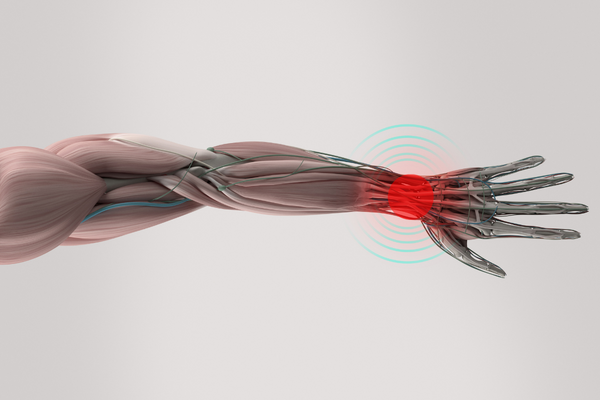The carpal tunnel is a narrow passageway located in the wrist that is formed by the bones of the wrist and a ligament that stretches across the wrist. The carpal tunnel is an important area because it contains the median nerve, as well as several tendons that are responsible for controlling movement in the fingers.
Here are the key structures in and around the carpal tunnel:
- Carpal bones: There are eight carpal bones located in the wrist that surround the carpal tunnel. These bones are arranged in two rows and are connected by ligaments.
- Transverse carpal ligament: This ligament stretches across the wrist, forming the roof of the carpal tunnel.
- Median nerve: The median nerve is a large nerve that runs from the forearm into the hand. It travels through the carpal tunnel and provides sensation to the thumb, index finger, middle finger, and part of the ring finger. The median nerve also controls movement in some of the muscles in the hand.
- Flexor tendons: Several tendons that are responsible for controlling movement in the fingers also pass through the carpal tunnel. These tendons are connected to muscles in the forearm and allow us to flex our fingers.
- Ulnar nerve: The ulnar nerve is another large nerve that runs down the arm and into the hand. Although the ulnar nerve does not pass through the carpal tunnel, it can be affected by carpal tunnel syndrome in some cases.



